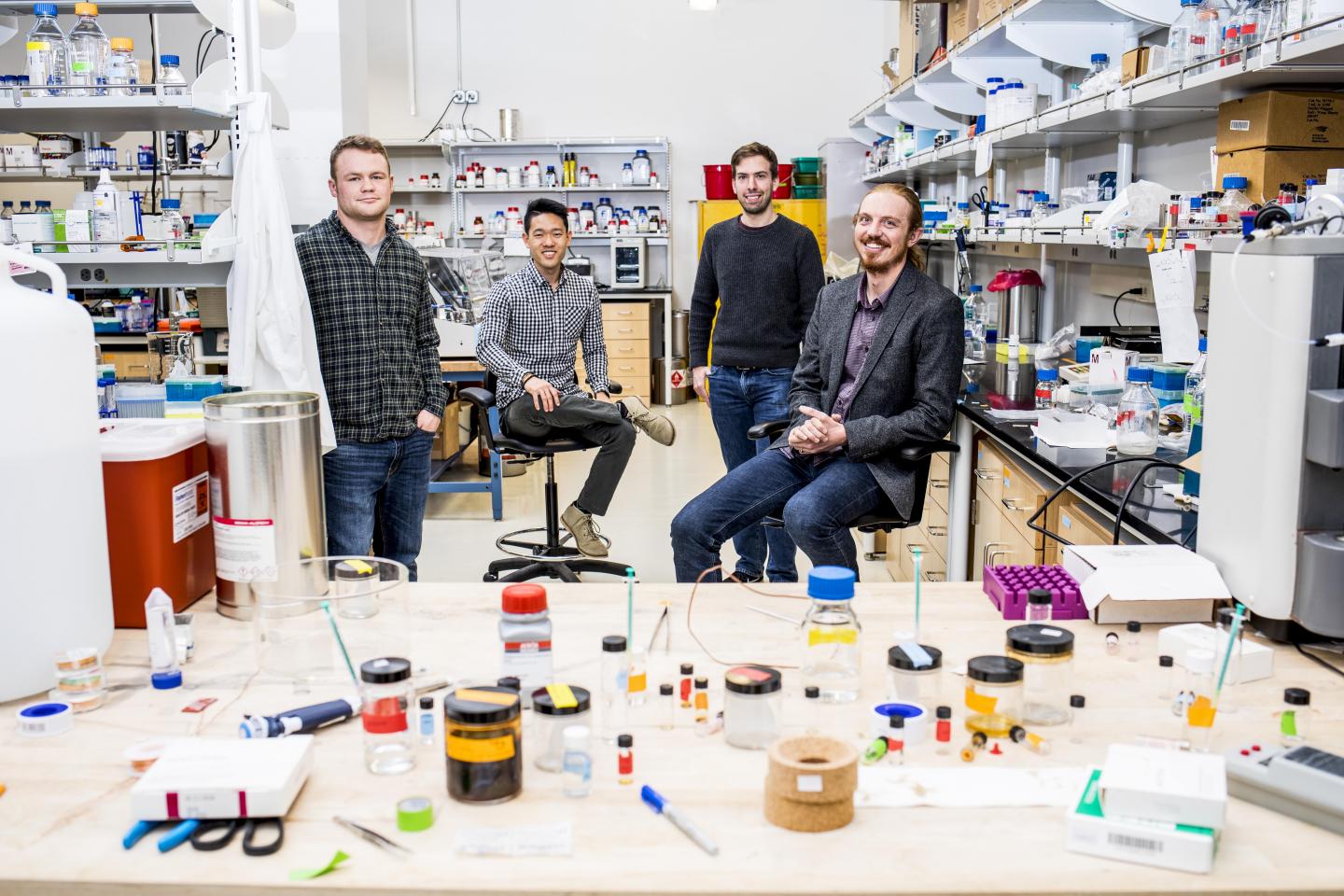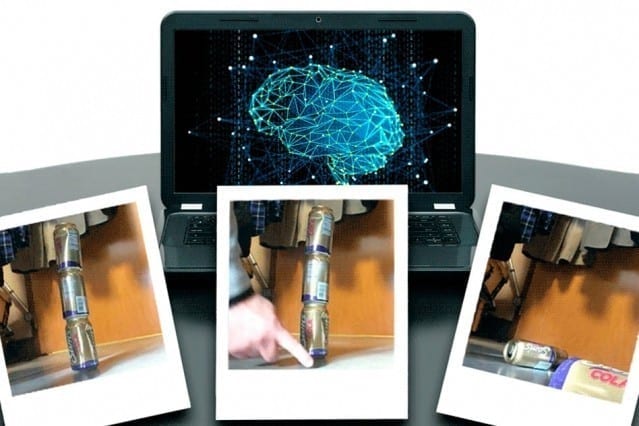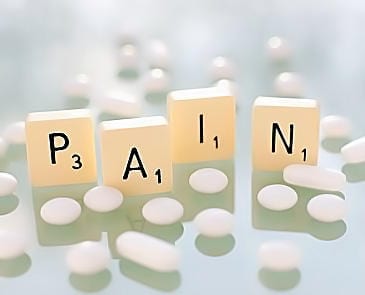
Living organisms expand and contract soft tissues to achieve complex, 3D movements and functions, but replicating those movements with man-made materials has proven challenging.
A University of Texas at Arlington researcher recently published groundbreaking research in Nature Communications that shows promise in finding a solution.
Kyungsuk Yum, an assistant professor in UTA’s Materials Science and Engineering Department, and his doctoral student, Amirali Nojoomi, have developed a process by which 2D hydrogels can be programmed to expand and shrink in a space- and time-controlled way that applies force to their surfaces, enabling the formation of complex 3D shapes and motions.
This process could potentially transform the way soft engineering systems or devices are designed and fabricated. Potential applications for the technology include bioinspired soft robotics, artificial muscles – which are soft materials that change their shapes or move in response to external signals as our muscles do – and programmable matter. The concept is also applicable to other programmable materials.
“We studied how biological organisms use continuously deformable soft tissues such as muscle to make shapes, change shape and move because we were interested in using this type of method to create dynamic 3D structures,” Yum said.
His approach uses temperature-responsive hydrogels with local degrees and rates of swelling and shrinking. Those properties allow Yum to spatially program how the hydrogels swell or shrink in response to temperature change using a digital light 4D printing method he developed that includes three dimensions plus time.
Using this method, Yum can print multiple 3D structures simultaneously in a one-step process. Then, he mathematically programs the structures’ shrinking and swelling to form 3D shapes, such as saddle shapes, wrinkles and cones, and their direction.
He also has developed design rules based on the concept of modularity to create even more complex structures, including bioinspired structures with programmed sequential motions. This makes the shapes dynamic so they can move through space. He also can control the speed at which the structures change shape and thus create complex, sequential motion, such as how a stingray swims in the ocean.
“Unlike traditional additive manufacturing, our digital light 4D printing method allows us to print multiple, custom-designed 3D structures simultaneously. Most importantly, our method is very fast, taking less than 60 seconds to print, and thus highly scalable.”
Yum’s paper, “Bioinspired 3D structures with programmable morphologies and motions,” was published in the Sept. 12 issue of Nature Communications.
The research is an example of data-driven discovery, one of the themes of UTA’s Strategic Plan 2020: Bold Solutions | Global Impact, said Stathis Meletis, chair of the Materials Science and Engineering Department.
“Dr. Yum’s approach to creating programmable 3D structures has the potential to open many new avenues in bioinspired robotics and tissue engineering. The speed with which his approach can be applied, as well as its scalability, makes it a unique tool for future research and applications,” Meletis said.
Learn more: UTA researcher creates hydrogels capable of complex movement
The Latest on: Programmable hydrogels
[google_news title=”” keyword=”programmable hydrogels” num_posts=”10″ blurb_length=”0″ show_thumb=”left”]
via Google News
The Latest on: Programmable hydrogels
- How Much Does It Cost To Install A Thermostat?on April 18, 2024 at 4:33 am
Installing one thermostat will be less expensive than installing multiple units. For manual and programmable thermostats, multiple units must be installed for zoning. With smart thermostats ...
- The Best Corsair Gaming Miceon April 9, 2024 at 6:59 am
Customizability: Gaming mice with customizable DPI settings, programmable buttons, RGB lighting, and adjustable weight can suit several types of playstyles. Corsair's iCUE app allows changing ...
- Harvard's bizarre "metafluid" packs programmable propertieson April 8, 2024 at 5:00 pm
“Our goal was to create a metafluid that not only possesses these remarkable attributes but also provides a platform for programmable viscosity, compressibility and optical properties.
- Intelligent liquidon April 3, 2024 at 8:02 am
Researchers from the Harvard John A. Paulson School of Engineering and Applied Sciences (SEAS) have developed a programmable metafluid with tunable springiness, optical properties, viscosity and ...
- Programmable pll in tsmc 40nm IP Listingon March 24, 2024 at 5:00 pm
Widely programmable fractional-N delta sigma frequency synthesizer. Low Power/ Low Area hard macro with industry leading jitter performance for its power/area class. Product is currently ... Widely ...
- Computer-designed proteins allow for tunable hydrogels that can form both inside and outside of cellson January 31, 2024 at 7:18 am
More information: Rubul Mout et al, De novo design of modular protein hydrogels with programmable intra- and extracellular viscoelasticity, Proceedings of the National Academy of Sciences (2024).
- Miner Extractable Value (MEV) and Programmable Money: The Good, The Bad, and The Uglyon January 15, 2024 at 4:00 pm
Do these MEV opportunities naturally emerge as a byproduct of the highly expressive smart contracts, or is there an alternative route to the dream of fully programmable money? Short of avoiding ...
- Intel’s Programmable Solutions Group Spin-Off Plan: 6 Big Things To Knowon October 9, 2023 at 11:05 am
The move to spin off the Programmable Solutions Group marks yet another major change for the semiconductor giant under Pat Gelsinger, who has offloaded several other businesses to sharpen Intel ...
- Mr. Coffee Programmable BVMC-FBX39on May 4, 2023 at 11:04 am
The one- or two-mug drip models are based on 10 oz. of water. The Mr. Coffee Programmable BVMC-FBX39 is part of the Coffee Makers test program at Consumer Reports. In our lab tests, Drip Coffee ...
via Bing News











